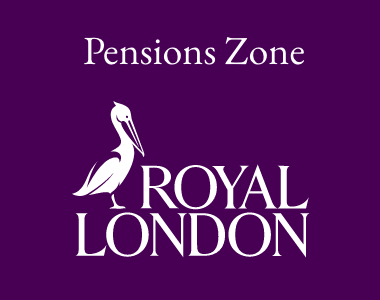The price/earnings ratio is a quick way to see if a share you’re interested in is cheap or not. Brand Financial Training shows how to calculate this ratio and what it means. This is useful for CII AF4, AF5, J10, J12, R02 or R06 exam revision.
This post was originally published on the Brand Financial Training Blog at and has been reproduced here with their permission. All content © Brand Financial Training.
A share’s current P/E ratio is found by dividing the latest share price by the earnings per share (EPS – which has to be published in all listed companies accounts so easy to find).
If a share I fancy has a current share price of £5 and the EPS is £1, then the P/E ratio is 5. All I’ve done here is compare the current price to one year’s earnings – usually the previous year, so it’s always going to be a historic measure but what does that figure of 5 mean?
Basically, it means that as an investor, I’m willing (or not) to pay 5 times one year’s earnings for that particular share. It tells me that if that company keeps making the same level of earnings, then it will take 5 years for me to get my initial investment back. There is never any guarantee that a company will continue making the same amount of money, so often forward P/E ratios are used instead, using a prediction of company earnings for the next 12 months.
We all know that ratios should always be used with caution. We’re often told to compare P/E ratios with other companies in the same sector for meaningful comparisons.
If we look at oil companies, then comparing BP with Shell could tell us if one is looking cheaper than the other or comparing one company with the sector as a whole could tell us something about that company share price.
But a low P/E might just mean that it’s a company in trouble rather than a bargain and a high P/E ratio could just mean that the share is priced too high.




































